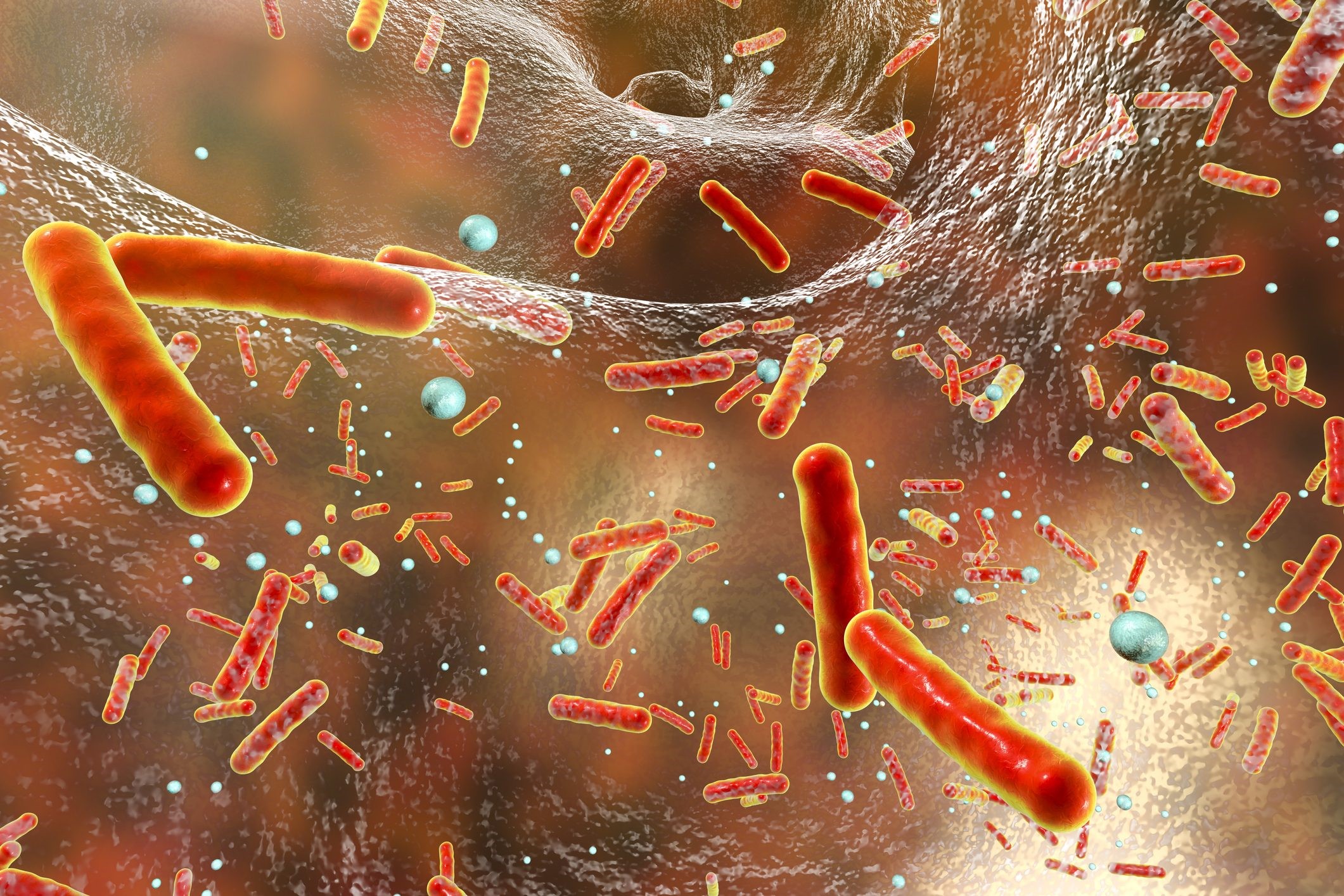
Toxoplasmosis: what are the symptoms and how transmission occurs
Toxoplasmosis is a fairly common infectious disease caused by Toxoplasma gondii, a parasite capable of infecting both humans and other warm-blooded animals, including mammals and birds
The cat is the only definitive host, i.e. the only animal in which the parasite reproduces, as it releases large quantities of oocysts, the particularly resistant egg cells that act as infectious agents, into the environment.
Contagion occurs mainly through:
- direct ingestion of toxoplasma, with raw or undercooked infected meat and contaminated vegetables that have not been thoroughly washed;
- direct contact with the faeces of the infected animal.
Spread of toxoplasmosis
Toxoplasmosis is one of the most widespread infectious diseases worldwide. The incidence of this disease is highest in areas with a hot and humid climate and poor hygienic and food conditions.
Since the parasite is particularly dangerous for foetuses when contracted during pregnancy, most epidemiological data worldwide concern women of childbearing age.
In Italy, which is considered a medium-incidence country, approximately 5 out of 1000 women contract the infection during pregnancy.
Toxoplasmosis: what are the symptoms?
Toxoplasma gondii infection can be divided into two phases.
The first, called primary toxoplasmosis, is predominantly asymptomatic, which is why most infected people do not know they are infected.
In some cases, the parasite can be found in the blood and lymph nodes in a directly infectious form, with the appearance of typical flu-like symptoms:
- swollen lymph nodes
- tiredness
- fever
- headache
- sore throat
- joint pain
- enlarged liver and spleen
To these are added further symptoms in cases of severe primary toxoplasmosis, such as inflammation of the visual area of the eye (which can impair vision) and of the brain.
This situation is particularly at risk for patients with a weakened immune system, such as AIDS patients.
The body responds to the infectious process with the production of antibodies and specific lymphocytes: it is at this point that the secondary phase or post-primary toxoplasmosis begins. The parasite remains in the organism, although it does not manifest any symptoms.
A lowering of the immune defences is enough to trigger the infection again.
Toxoplasmosis in pregnancy
Toxoplasmosis becomes particularly dangerous during pregnancy.
The possibility, also very high, is that the parasite, passing through the placenta, can infect the foetus, causing malformations in the child, miscarriage or death in utero.
Serious consequences occur especially when the infection occurs in the first weeks of gestation.
During the third trimester of pregnancy, the disease is much more easily transmitted: the chance rate reaches 70-90% after the 30th week, but in most cases there are no consequences.
Testing for toxoplasmosis
It is therefore essential to identify the presence of toxoplasmosis before pregnancy by means of a simple test, the so-called Toxo-test.
The test is carried out by taking a blood sample, which makes it possible to search for IgG and IgM antibodies to the parasite, to know the eventual stage of the disease and to classify the woman in the protected, susceptible or at-risk group.
In addition to this, further serological tests are carried out in specialised centres.
Toxoplasmosis treatment and prevention
For non-immunodeficient individuals and non-pregnant women, there is no need to undergo specific drug treatment.
The infection regresses on its own within a few weeks.
If, on the other hand, the woman should contract toxoplasmosis during pregnancy, it is possible to stop the transmission of the infection to the foetus through specific antibiotic treatment.
The most commonly used treatment is spiramycin, an antibiotic that is well tolerated by both mother and foetus.
From the middle of the second semester, when amniocentesis confirms fetal infection, it becomes mandatory to replace spiramycin with the combination of pyrimethamine and sulfadiazine, with folic acid supplementation.
The same treatment is also provided for individuals with HIV or AIDS; in this case, however, therapy must never be discontinued.
There is currently no vaccine against toxoplasmosis that guarantees absolute prevention.
There are, however, a number of behaviours and some simple rules to follow that help to significantly reduce the risk of contracting this disease.
Pregnant women, for instance, should absolutely avoid eating undercooked meat, which is the main source of infection.
It is therefore recommended to:
- avoid tasting the meat during preparation;
- wash hands very well under running water after touching meat;
- wash vegetables and fresh fruit thoroughly before consumption;
- wash well all kitchen utensils and surfaces that have come into contact with raw meat;
- use gloves if gardening and wash hands thoroughly before touching your mouth and eyes;
- avoid contact with stray cats and, in the case of domestic cats, use gloves when changing litter.
References
SaPeRiDoc (Centro di documentazione sulla salute perinatale, riproduttiva e sessuale)
Read Also
Emergency Live Even More…Live: Download The New Free App Of Your Newspaper For IOS And Android
Sunbathing During Pregnancy: Tips For A Safe Summer
Trauma and Considerations Unique to Pregnancy
Guidelines for the Management of a Pregnant Trauma Patient
Maternal And Child Health, Pregnancy-Related Risks In Nigeria
How To Provide Correct Emergency Medical Care To A Pregnant Woman With Trauma?
Toxoplasmosis, The Protozoan Enemy Of Pregnancies
Integrated Pregnancy Test: What Is It For, When Is It Done, Who Is It Recommended For?


